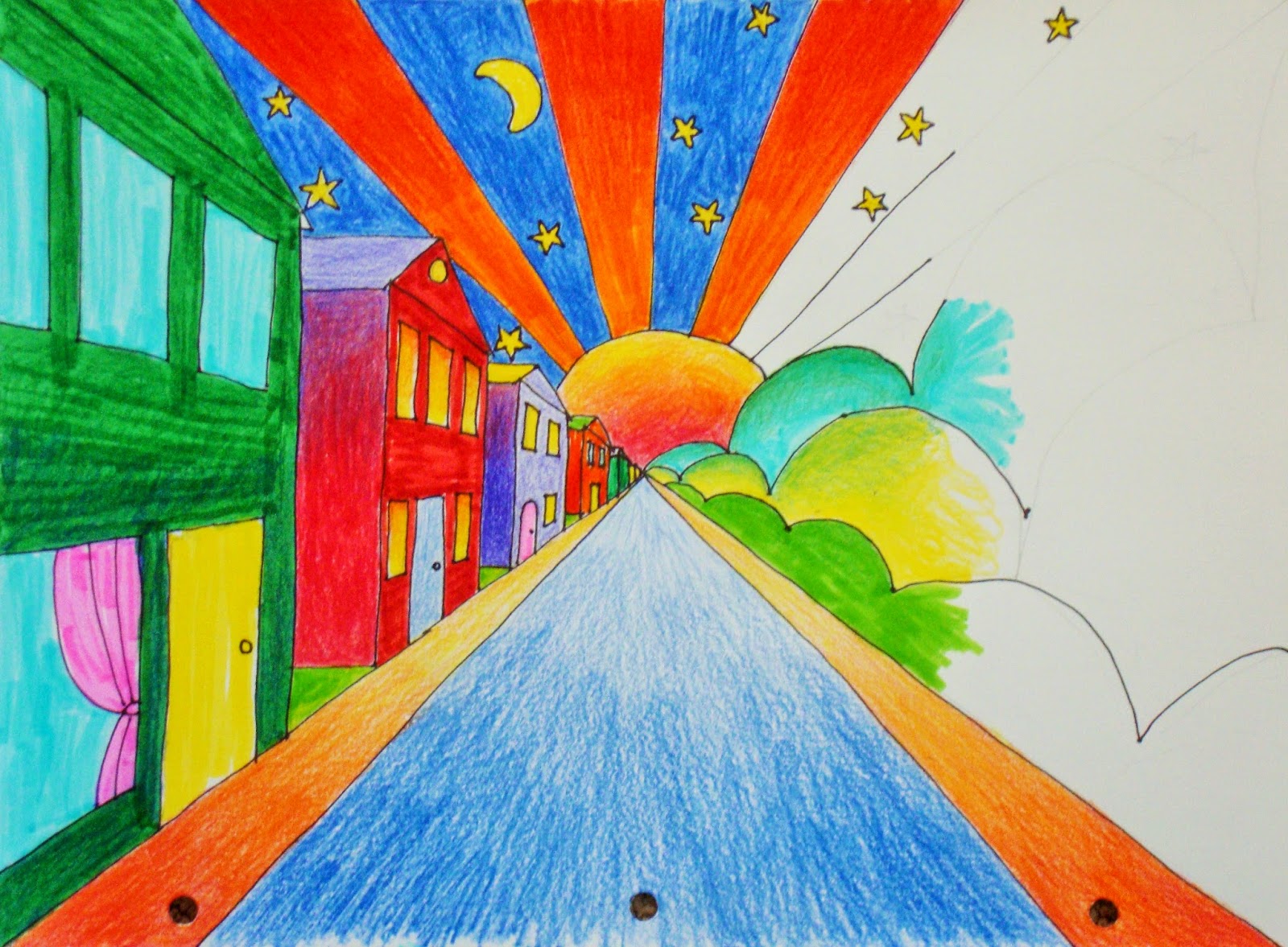The human face is basically 5 eyes wide. This is a standard measurement artists use to draw a portrait. Peoples faces vary slightly from this; some have slightly more than an eye width between their two eyes and some have slightly less space. The middle school class drew a front view line drawing similar to this, first in pencil and then tracing over it in Sharpie.
We divided the paper vertically and horizontally. Next we made tick marks 1/2 inch to each side of the center on the horizontal line. Then we made 2 tick marks on each side 1 inch apart beginning at the 1/2 inch tick. On the vertical line we made tick marks going up and down 4 inches each way. Using those marks we drew an egg shape that was 5 inches by 8 inches with the narrow end down. Using a diagram similar to the one below we added eyes, a nose, mouth and eyebrows.
Thursday, February 26, 2015
Monday, February 16, 2015
You Crack Me Up...
When most people think of Cubism they usually think of Picasso and fractured portraits. The portrait below is not by Picasso, but it is a portrait of Picasso by an artist named Juan Gris. Notice the shading and how bland the coloring is. This was typical of early cubist art.
| Juan Gris, Portrait of Picasso, 1912, oil on canvas, Art Institute of Chicago |
| 1914–15, Nature morte au compotier (Still Life with Compote and Glass), oil on canvas, 63.5 × 78.7 cm (25 × 31 in), Columbus Museum of Art, Ohio Cubism evolved. Bright colors, multiple views, abstract images and geometric shapes are all associated with cubism now. Cezanne, Braque and Picasso are some of the main cubist artists. |
Thursday, February 5, 2015
From Your Point of View...
Part of creating art that has some hint of realism is learning to create art using perspective. Most students begin with 1 or 2 point perspective. I usually teach 1 point perspective first. There is a great handout available free at Teachers Pay Teachers. Click here to get your handout.
This is my sample completed with markers.Notice how the trees get smaller just as the buildings do. Also the things closer to the viewer overlap the things farther away.
Below is a simplified version of the above drawing using a corner to corner x across the paper to create the vanishing point and areas for the top, sides and bottom of the landscape. This drawing was inspired by Peter Max, a pop artist who began his career in the 1960's. I'll be finishing it this week in my Elementary Art co-op class.
In the following 1 point perspective drawing there is no horizon line because we are viewing from a birds eye view. The extra depth is created by using a cascade of balloons of various sizes and darker shading at the base of the buildings.
Subscribe to:
Comments (Atom)




